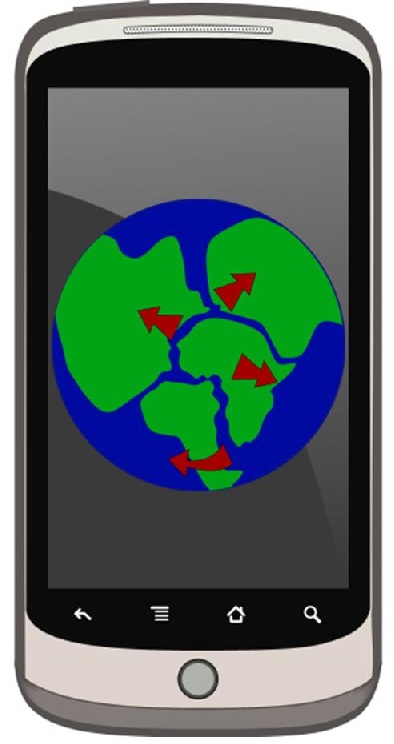 Real time information about consumer location are playing a larger part in advertising over smartphones.
Real time information about consumer location are playing a larger part in advertising over smartphones.
As smartphones and tablets continue to make their way into a growing number of consumer hands, mobile marketers have been keen to use geolocation data in order to help to better target device owners while they’re on the go.
Mobile marketing is rapidly evolving and incorporating new technologies and techniques.
Although advertising in the mobile sphere is still relatively new, it is growing and changing very quickly. Along with this increase, many marketers are looking into using more sophisticated data in order to improve the effectiveness of their strategies. In this, many campaigns are now including geolocation data to help to ensure that consumers are being provided with relevant offers at the most appropriate times.
This is making geolocation increasingly important to timing and targeting in the mobile marketing environment.
A recent report issued by Econsultancy has revealed that more than a quarter (27 percent) of companies around the world intend to implement some form of marketing strategy that uses geolocation, this year. Another 34 percent intend to make an investment into a mobile advertising strategy.
More data, which was released by a geolocation mobile ad platform, Verve Mobile, looked into more than 2,500 American mobile ad campaigns that were implemented across that platform. What it determined was that the percentage of mobile marketing campaigns that implemented some level of geolocation technology, such as geoware targeting and geofencing, had increased twice over. This brought the 2011 level of 17 percent up to 36 percent last year.
This type of geolocation mobile marketing campaign applies data from a consumer’s real time location in order to be able to provide that individual with specific, relevant, and frequently dynamic ads based on his or her proximity to a certain location such as a retail store. It can also be activated when a user enters a space or checks into a location. It can then monitor that user’s response to the message and enhance future communications for improved relevancy to that individual’s preferences, behaviors, and habits for improved appropriateness and usefulness of advertising.

